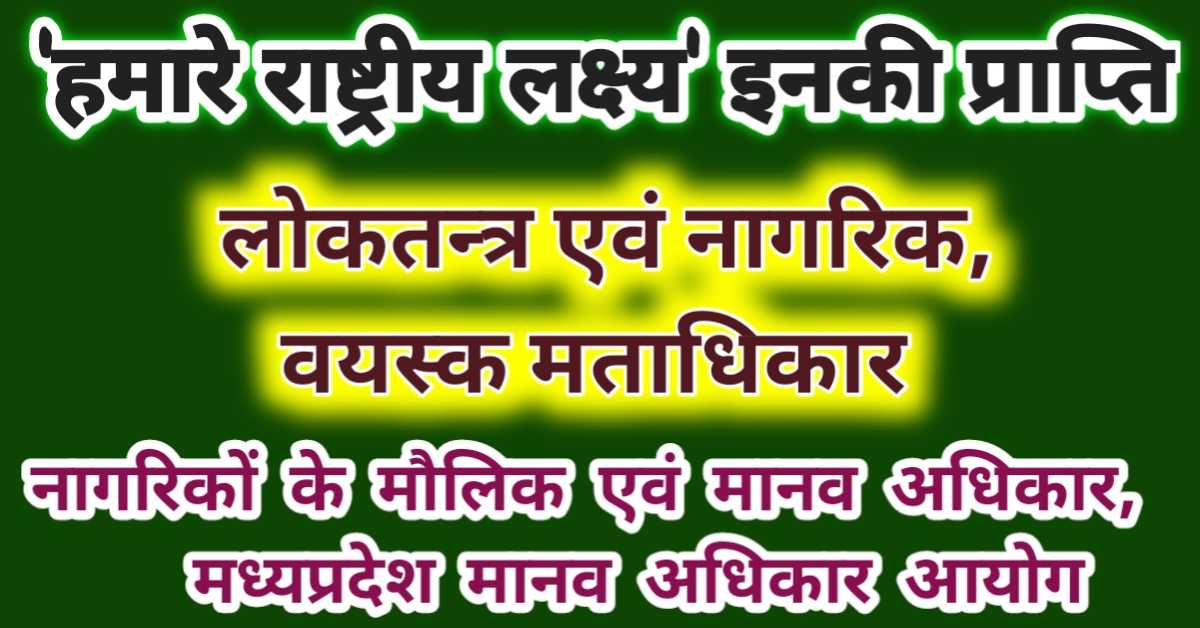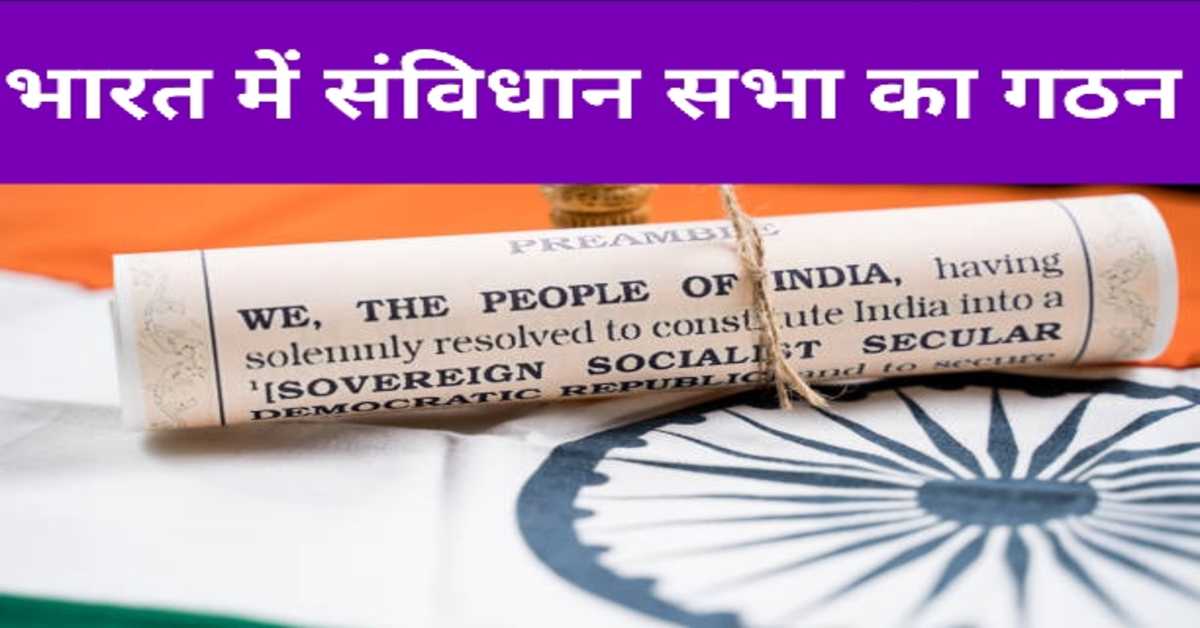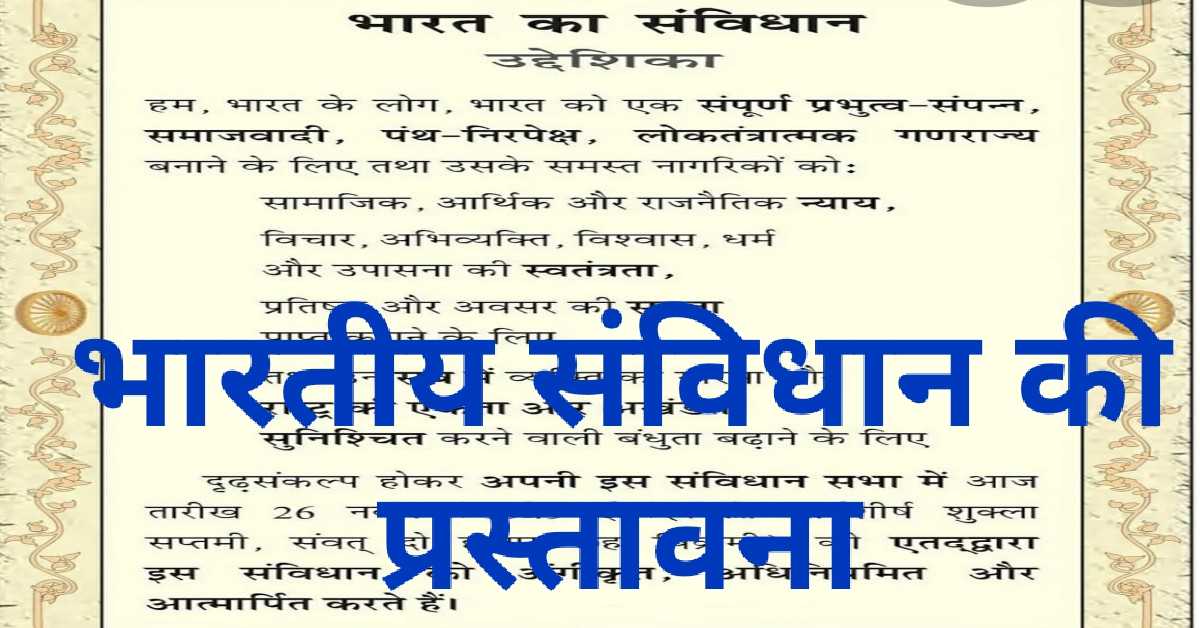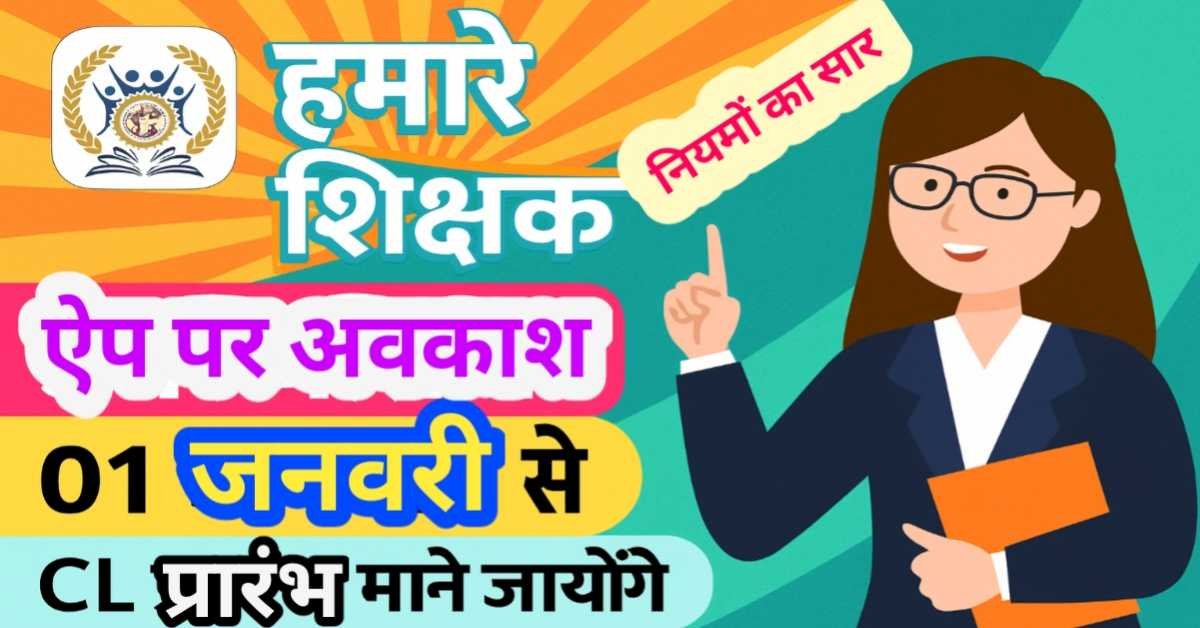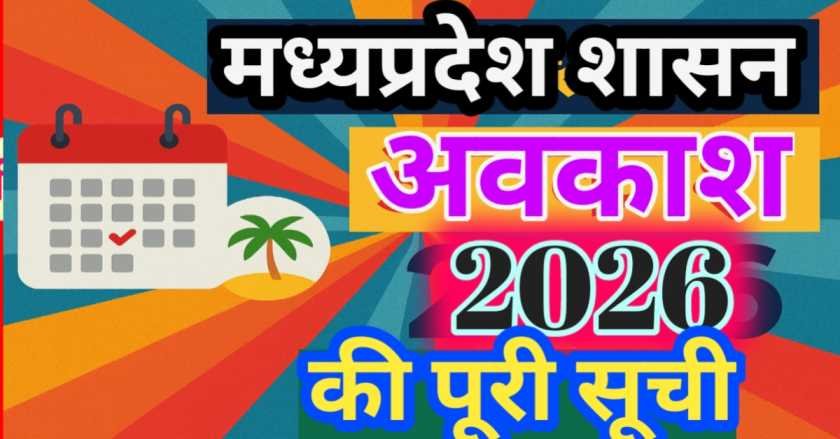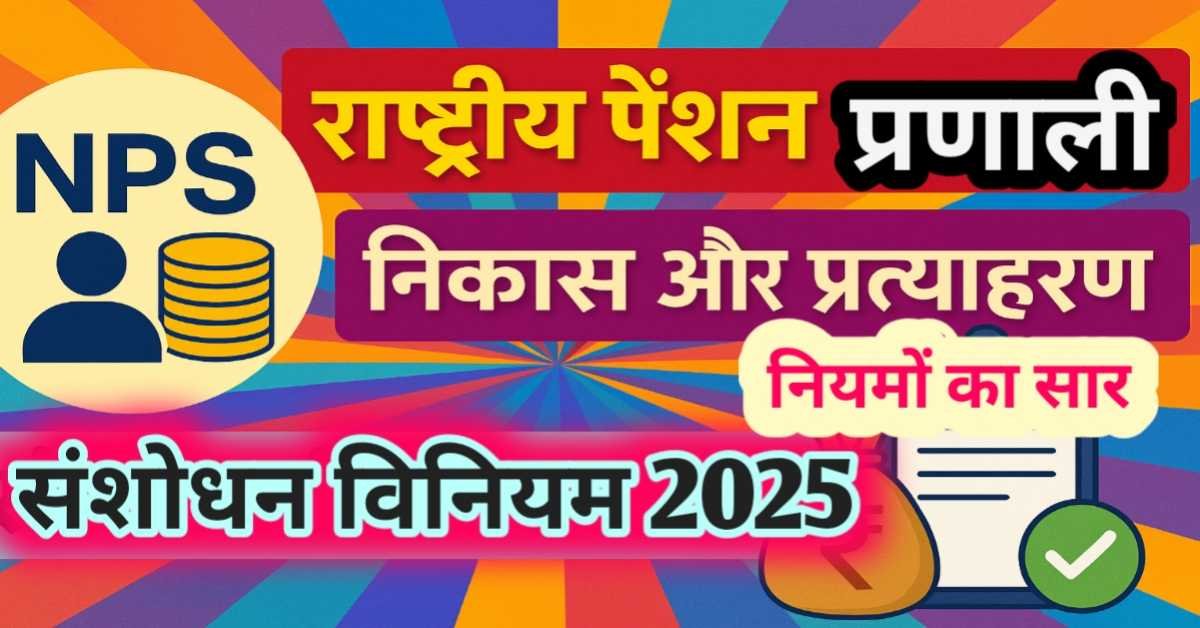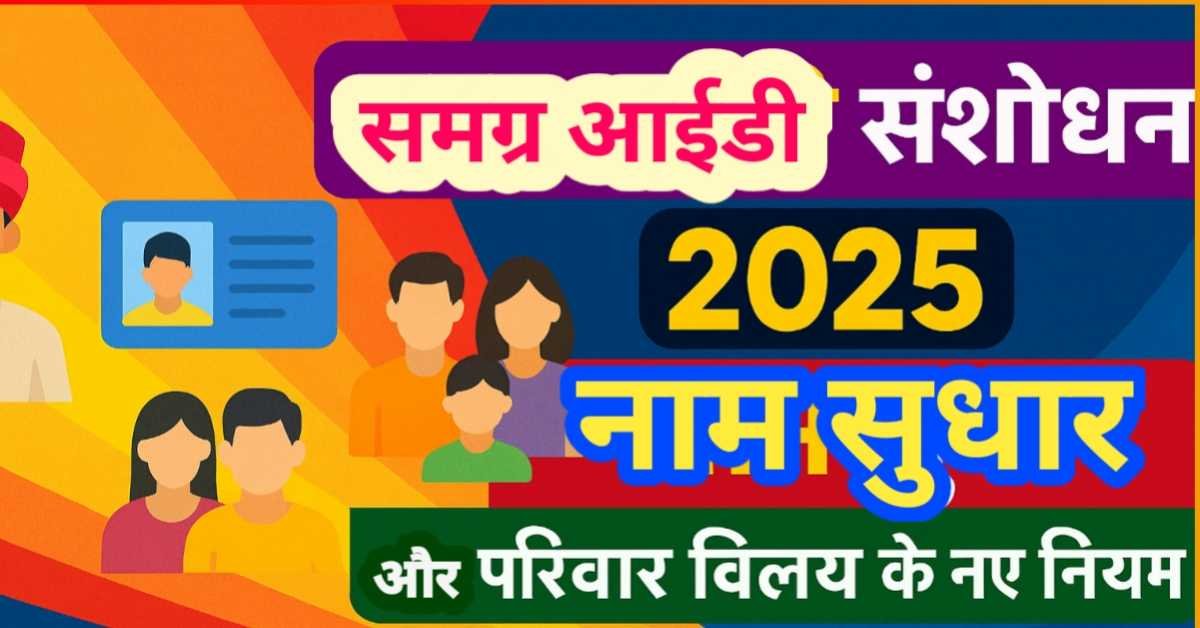
The making of the Indian Constitution | भारतीय संविधान का निर्माण | Samvidhan Nirman
संविधान सभा का गृठन (Grafting of the Constituent Assembly)
भारत में संविधान सभा के गठन का विचार सबसे पहले एम. एन. राय (वामपंथी नेता) ने सन् 1934 में दिया था। उसी वर्ष 'स्वराज पार्टी' ने संविधान सभा के गठन का प्रस्ताव दिया। 1 वर्ष बाद सन् 1935 में भारतीय राष्ट्रीय कांग्रेस ने संविधान सभा के निर्माण हेतु आधिकारिक मांग रखी। कुछ सालों बाद सन् 1938 में भारत के प्रथम प्रधानमंत्री पंडित जवाहरलाल नेहरू ने संविधान निर्माण के लिए 'वयस्क मताधिकार' के विषय में अपने विचार दिए। उनकी इस मांग को ब्रिटिश सरकार ने स्वीकार कर लिया और सन् 1940 में इस प्रस्ताव को 'अगस्त प्रस्ताव' के नाम से पारित किया। संविधान निर्माण के लिए ब्रिटिश सरकार ने सन् 1942 में सर स्टैफर्ड क्रिप्स के नेतृत्व में 'क्रिप्स मिशन' भारत भेजा। इस प्रस्ताव को 'मुस्लिम लीग' ने स्वीकार नहीं किया क्योंकि वे लोग दो स्वायत्त राज्यों की मांग कर रहे थे। फलस्वरुप क्रिप्स मिशन असफल हो गया।The idea of constitution of Constituent Assembly in India was first mentioned in M. N. Rai (leftist leader) in 1934. In the same year 'Swaraj Party' proposed the formation of the Constituent Assembly. 1 year later in 1935, the Indian National Congress placed an official demand for the creation of the Constituent Assembly. A few years later, in 1938, the first Prime Minister of India Pandit Jawaharlal Nehru gave his views on the constitution of 'adult suffrage' . His demand was accepted by the British Government and in 1940, this resolution was passed as 'August resolution' . The British government sent 'Cripps Mission' to India in 1942 under the leadership of Sir Stafford Cripps for constitution formation. The proposal was not accepted by the 'Muslim League' as they were demanding two autonomous states. As a result, the Cripps mission failed.
क्रिप्स मिशन के असफल होने के पश्चात् सन् 1946 में 3 सदस्यीय कैबिनेट मिशन भारत आया। इसके 3 सदस्य लॉर्ड पेथिक लारेंस, सर स्टैफर्ड क्रिप्स तथा ए.वी. एलेग्जेंडर थे। इस मिशन के एक प्रस्ताव से भारतीय संविधान के निर्माण हेतु एक बुनियादी ढाँचा तैयार हो गया। इसे 'संविधान सभा' का नाम दिया गया।
After the failure of the Cripps Mission, a 3-member Cabinet Mission came to India in 1946. Its 3 members are Lord Pethick Lawrence, Sir Stafford Cripps and AV. Alexander were. A proposal for this mission created a basic framework for the creation of the Indian Constitution. It was named 'Constituent Assembly' .
संविधान सभा हेतु सीटों की संख्या (Number of seats for Constituent Assembly)
इस मिशन के अनुसार सभी प्रांत, देसी रियासतों तथा राज्यों के समूह को लोगों की संख्या के अनुपात में सीटें प्रदान की जाएगीं। जिस स्थान पर 10,00,0,00 की जनसंख्या होगी। वहाँ एक सीट की व्यवस्था होगी। संविधान सभा में कुल 389 सीटें थीं। इन सीटों में 296 सीटें थीं जो ब्रिटिश सरकार के प्रत्यक्ष शासन वाले प्रांतों की थी तथा शेष 93 सीटें देसी रियासतों के लिए आवंटित होने वाली थी। ब्रिटिश सरकार की 296 सीटों में से 292 सीटों के सदस्यों का चयन ब्रिटिश भारत के गवर्नर के अधीन किया जाता था। सभी प्रांतों की सीटों को तीन प्रमुख समुदायों में उनकी जनसंख्या के अनुपात में विभाजित किया जाना था। यह समुदाय मुसलमान, सिख तथा सामान्य लोगों के थे। देसी रियासतों के प्रतिनिधियों का चुनाव रियासतों के प्रमुख के द्वारा किया जाना था। विधानसभा में प्रतिनिधियों का चुनाव एकल संक्रमणीय मत द्वारा समानुपातिक प्रतिनिधित्व तरीके के मतदान से किया जाना था।According to this mission, all provinces, indigenous states and groups of states will be given seats in proportion to the number of people. The place where there will be a population of 10,00,0,00 . There will be a seat arrangement. There were a total of 389 seats in the Constituent Assembly. Of these seats, 296 seats were in the direct rule of the British Government and the remaining 93 seats were to be allotted to the princely states. Out of 296 seats of the British Government, members of 292 seats were selected under the Governor of British India. The seats of all the provinces were to be divided in three major communities in proportion to their population. This community consisted of Muslims, Sikhs and ordinary people. Representatives of the princely states were to be elected by the head of the princely states. Representatives in the Legislative Assembly were to be elected by a single transferable vote in a proportional voting manner.
संविधान सभा हेतु ब्रिटिश सरकार के लिए आवंटित भारतीय प्रांतों की 296 सीटों के लिए जुलाई-अगस्त 1946 में चुनाव कराए गए थे। इन सीटों में से भारतीय राष्ट्रीय कांग्रेस को 208 सीटें प्राप्त हुई। मुस्लिम लीग को 73 तथा शेष 15 सीटें अन्य समूह को मिल गई। संविधान सभा वयस्क मताधिकार द्वारा नहीं बल्कि अप्रत्यक्ष रूप से चुनी गई थी। फिर भी सभी समुदायों के प्रतिनिधियों को इसमें आपना प्रतिनिधित्व करने का अवसर प्राप्त हुआ। इसमें कुछ महिलाएँ भी अपना योगदान दे रही थीं। इन समुदायों के अंतर्गत हिंदू, मुसलमान, सिख, ईसाई, पारसी, आंग्ल-भारतीय, अनुसूचित जाति और जनजाति के लोग शामिल थे।
Elections were held in July-August 1946 for 296 seats in the Indian provinces allotted to the British government for the Constituent Assembly. Of these seats, the Indian National Congress won 208 seats. The Muslim League got 73 and the remaining 15 seats to the other group. The Constituent Assembly was elected indirectly, not by adult suffrage. Nevertheless, representatives of all communities got the opportunity to represent themselves in it. Some women were also contributing in this. These communities included Hindus, Muslims, Sikhs, Christians, Parsis, Anglo-Indians, Scheduled Castes and Tribes.
संविधान सभा हेतु अध्यक्ष उपाध्यक्ष का चुनाव (Election of Speaker, Deputy Speaker for Constituent Assembly)
संविधान सभा की पहली बैठक 9 दिसंबर 1946 में हुई थी। इस बैठक में डॉ. सच्चिदानंद सिन्हा को अस्थायी अध्यक्ष हेतु चुना गया था। मुस्लिम लीग ने इस बैठक का बहिष्कार किया था। 11 दिसंबर 1946 को संविधान के स्थायी अध्यक्ष के रूप में डॉ. राजेंद्र प्रसाद तथा स्थायी उपाध्यक्ष के रूप में एच. सी. मुखर्जी को चुन लिया गया। संवैधानिक सलाहकार के रूप में सर बी.एन. राव को नियुक्त किया गया।The first meeting of the Constituent Assembly was held on 9 December 1946. In this meeting Dr. Sachchidanand Sinha was elected as the temporary president. This meeting was boycotted by the Muslim League. On 11 December 1946, as the permanent Speaker of the Constitution Dr. Rajendra Prasad and as permanent vice-president H. C. Mukherjee was elected. As Constitutional Advisor Sir B.N. Rao was appointed.
संविधान सभा में 13 दिसंबर 1946 को पंडित जवाहरलाल नेहरू ने 'उद्देश्य प्रस्ताव' को प्रस्तुत किया। यह भारत के राष्ट्रीय आंदोलनों के प्रमुख मुद्दों का सारांश था। इसमें संवैधानिक संरचना के ढाँचे तथा मूल दर्शन पर प्रकाश डाला गया था। इसके अनुसार, संविधान सभा में -
1. स्थायी अध्यक्ष - डॉ. राजेंद्र प्रसाद
2. उपाध्यक्ष - एच.सी. मुखर्जी
3. अस्थायी अध्यक्ष - डॉ. सच्चिदानंद सिन्हा
4. संवैधानिक सलाहकार - बी.एन. राव
Pandit Jawaharlal Nehru presented the 'Objective Resolution' on 13 December 1946 in the Constituent Assembly. It was a summary of the major issues of India's national movements. The structure and basic philosophy of the constitutional structure was highlighted in it. Accordingly, in the Constituent Assembly -
1. Permanent Chairman - Dr. Rajendra Prasad
2. Vice President - H.C. Mukherjee
3. Temporary Chairman - Dr. Sachchidanand Sinha
4. Constitutional Advisor - B.N. Rao
संविधान की विशेषता
हमारा भारत एक पूर्ण संप्रभु संपन्न गणराज्य होगा। यह अपना संविधान स्वयं घोषित करेगा। भारतीय संघ में ऐसे क्षेत्र शामिल किए जाएगें, जो उस समय ब्रिटिश सरकार में हैं अथवा देशी रियासतों में या दोनों से ही बाहर के क्षेत्र हैं। भारत में ऐसे क्षेत्र शामिल हो सकते हैं जो संप्रभुता संपन्न भारत में शामिल होना चाहते हैं। भारतीय नागरिकों को आर्थिक, राजनीतिक, सामाजिक अवसर तथा कानून की समानता, विचार, अभिव्यक्ति, भ्रमण, संगठन बनाने, धार्मिक विश्वास आदि सभी प्रकार की स्वतंत्रता प्रदान की जाएगी। लोक नैतिकता की स्थापना की जाएगी। भारत में पिछड़ी जातियों और जनजातियों, अल्पसंख्यकों आदि समूह के लोगों को समुचित सुरक्षा प्रदान की जाएगी। अवशिष्ट शक्तियाँ इकाइयों को दी जाएगीं। स्वतंत्र संप्रभु भारत की सभी शक्तियों तथा प्राधिकारों का अंतिम स्रोत केवल भारत की जनता ही होगी। इस प्रस्ताव को 22 जनवरी 1947 को सर्वमान्य रूप से स्वीकार कर लिया गया था। इस प्रस्ताव ने संविधान के स्वरूप तथा प्रस्तावना के निर्माण में अपनी एक महत्वपूर्ण भूमिका अदा की थी।
Feature of constitution
Our India will be a fully sovereign republic. It will declare its own constitution. Such areas will be included in the Indian Union, which are in the British Government at that time or outside the princely states or both. India may include territories which wish to join a sovereign India. Economic, political, social opportunities and equality of law, consideration, expression, travel, organization making, religious belief etc. will be provided freedom to Indian citizens. Public morality will be established. In India, people belonging to backward castes and tribes, minorities, etc. will be provided with adequate security. Residual powers will be given to the units. Only the people of India will be the ultimate source of all the powers and authority of independent sovereign India. This proposal was universally accepted on 22 January 1947 . This resolution played an important role in the formulation of the Constitution and in the formulation of the Preamble.
RF Temre
infosrf.com
संबंधित जानकारी नीचे देखें।
(Watch related information below) 👇🏻

आशा है, उपरोक्त जानकारी उपयोगी एवं महत्वपूर्ण होगी।
(I hope the above information will be useful and important. )
Thank you.
लेखक
(Writer)
infosrf.com

